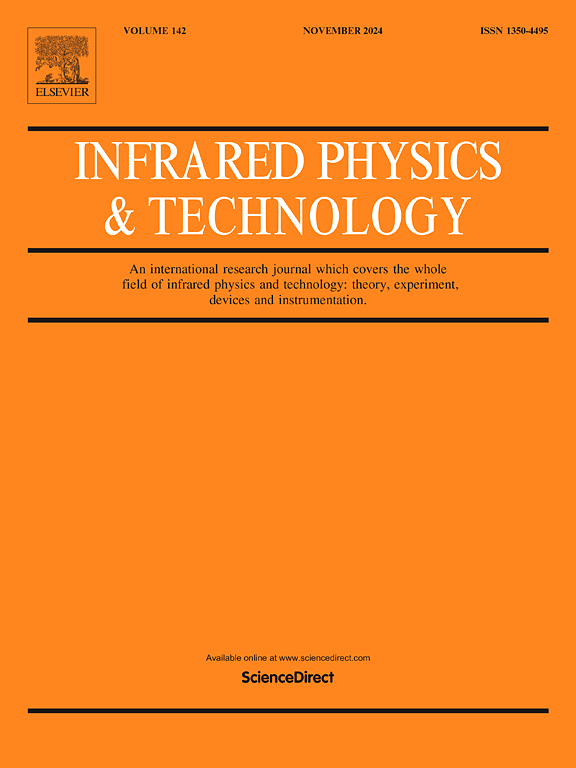Structural, infrared optical and mechanical properties of the magnesium fluoride films
Abstract
In this research, the magnesium fluoride (MgF2) films are deposited by electron beam evaporation at different substrate temperatures. The structural, infrared optical properties, mechanical properties and application of the films are investigated. The films prepared at higher temperatures have better crystallinity. As indicated by SEM and AFM, large grains are formed on the film surface at higher temperatures. Preparing thin films at higher temperatures should effectively improve the microstructure with packing density, resulting in higher refractive index and lower moisture absorption. The infrared optical constants of the films are characterized by Gaussian oscillators, and the relationship between the optical absorption and the substrate temperature is revealed. The film deposited at 300 °C exhibits excellent hardness, which is above 9 GPa. The change of residual stress is mainly determined by thermal stress. By depositing MgF2 films on sapphire substrates, the transmittance of the sapphire is greatly improved in the range of 3 μm–5 μm. Besides, the MgF2 films are found to be excellent antireflective coatings for infrared optical elements.

 求助内容:
求助内容: 应助结果提醒方式:
应助结果提醒方式:


